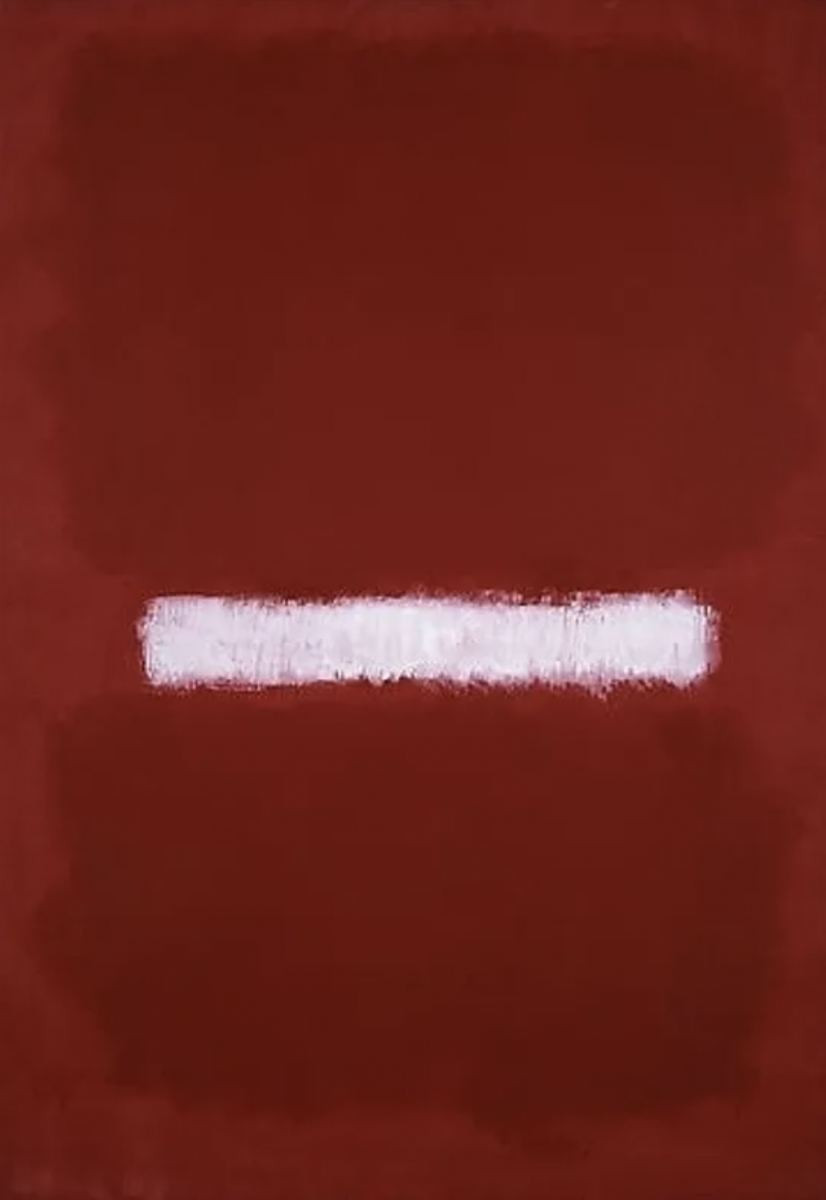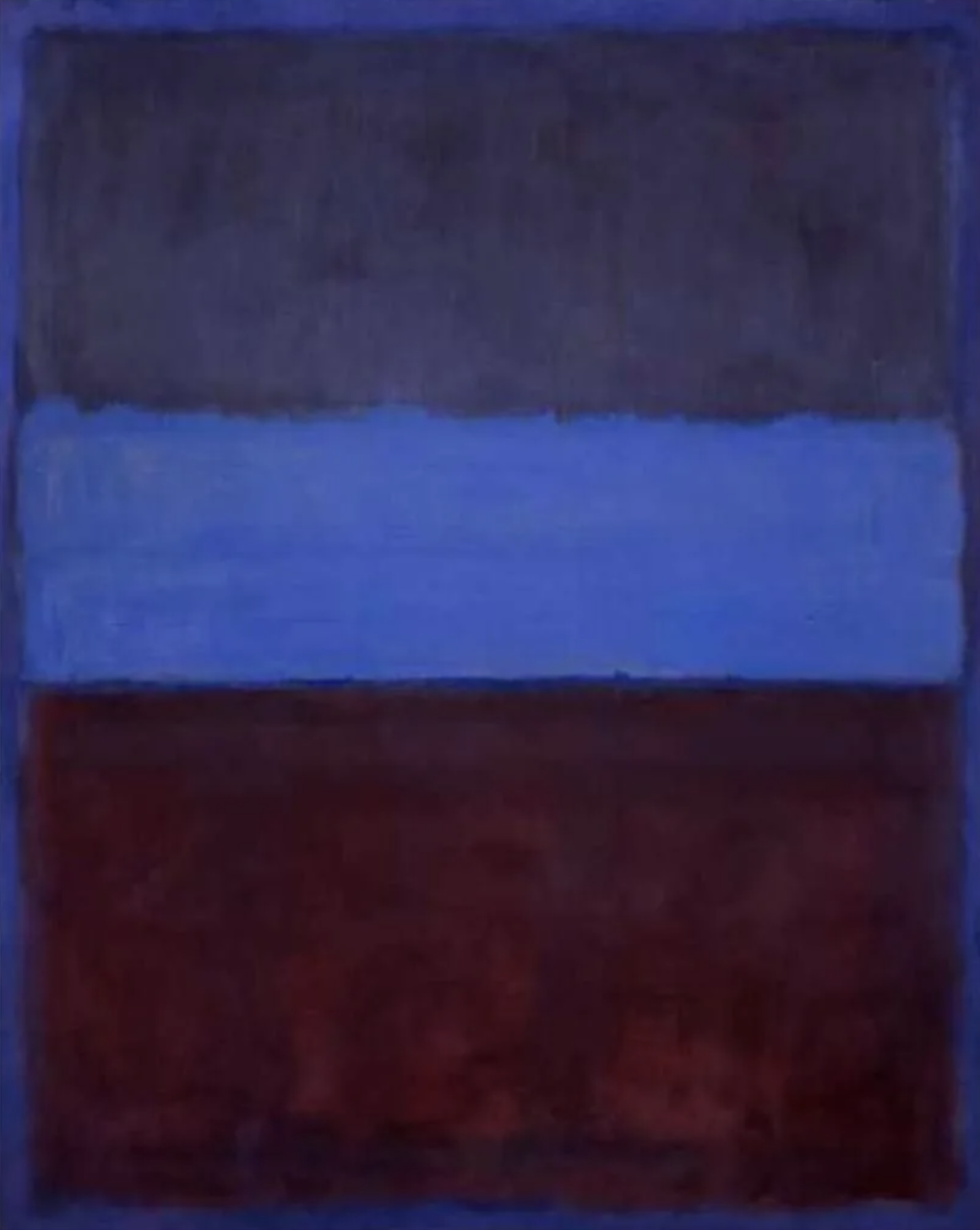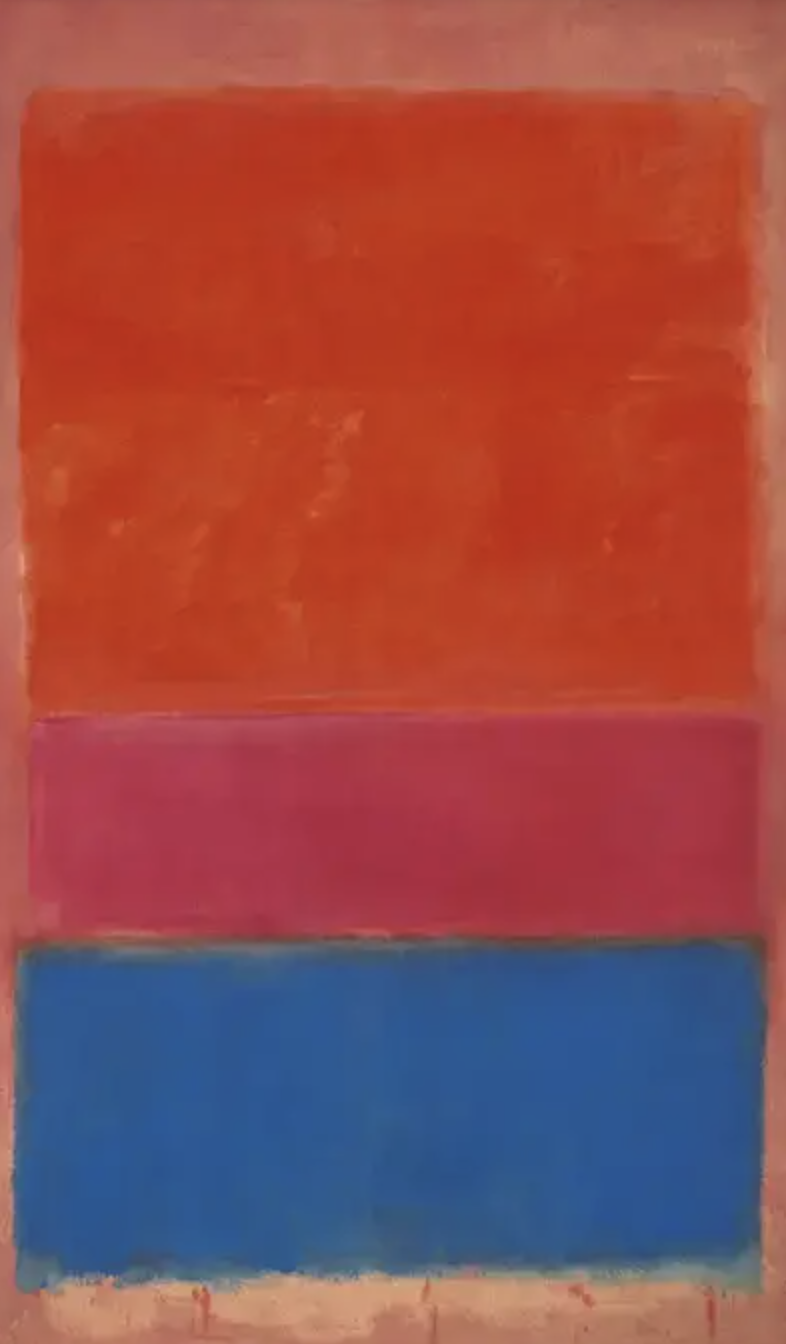Mark Rothko: The Enigmatic Master of Color

In the hallowed halls of modern art history, few names are as synonymous with the hypnotic allure of color as Mark Rothko. Born Markus Yakovlevich Rothkowitz in 1903 in Dvinsk, then part of the Russian Empire (now Latvia), Rothko embarked on a journey that would see him become one of the 20th century's most enduring and mystifying abstract artists.

Early Beginnings and Artistic Evolution:
Rothko's journey to art was not immediate or conventional. His family immigrated to the United States in 1913, settling in Portland, Oregon. Rothko later attended Yale University, though he left without obtaining a degree. It was only after moving to New York City that he immersed himself in the world of art, taking courses at the Art Students League and befriending fellow artists.

Initially, Rothko’s work was heavily influenced by Expressionism, as seen in his early paintings where he depicted urban environments and the human form through a moody prism. However, by the mid-1940s, his oeuvre began a transformation towards his renowned abstract style. It was in this period that he eschewed explicit representation in favor of paintings that sought to evoke emotional responses through powerful arrangements of color and form.

Mastery of Color Field Painting:
Rothko's name is inseparable from the Color Field movement, characterized by large areas of a single color or simple color gradations. By the late 1940s, he had developed his signature style: large-scale canvases with rectangular blocks of deep, resonant colors that seemed to float against a contrasting background.

Rothko was a meticulous craftsman, applying numerous thin layers of paint to the canvas to achieve a luminescence that made his works seem as if they were glowing from within. His paintings were often of massive scale, intended to overwhelm the senses and elicit an emotional and even spiritual reaction from the viewer. This spiritual quality was not arbitrary; Rothko himself remarked that his art was meant to probe the "big questions" — those of mortality, transcendence, and the human condition.

The Rothko Chapel and Later Years:
Rothko's contribution to public art and architecture was crystallized in the Rothko Chapel in Houston, Texas. Commissioned in 1964 by philanthropists John and Dominique de Menil, the chapel houses fourteen of Rothko’s paintings, arranged in an enveloping, meditative space. This creation is perhaps the most poignant realization of Rothko's vision of art as a transformative, contemplative experience.

Despite achieving significant success and recognition in his career, Rothko was plagued by depression. His health began to deteriorate in the 1960s, leading him to reduce the scale of his work. Tragically, Rothko's life ended in suicide in 1970, but not before leaving behind a powerful and indelible body of work.

Legacy and Influence:
Rothko's influence on contemporary art is profound. He defied the notion of painting as a mere optical experience; for Rothko, paintings were the entrance to the sublime, serving both as a window into the artist’s internal world and as a mirror reflecting the deepest emotions of the beholder.

Today, Rothko's works command astronomical prices at auction and are the pillars of major museum collections worldwide. His artistry is not only celebrated for its formal and aesthetic achievements but also for its philosophical underpinnings and its ability to touch viewers on an intrinsic level.

In an age where the very purpose of art continues to be a subject of debate, Mark Rothko stands as a testament to the power of color and form to move beyond language and communicate something universal—a concept as relevant today as it was during the height of his powers. His life's work endures, continuing to inspire and provoke dialogue across generations, solidifying his place as a true titan of modern art.